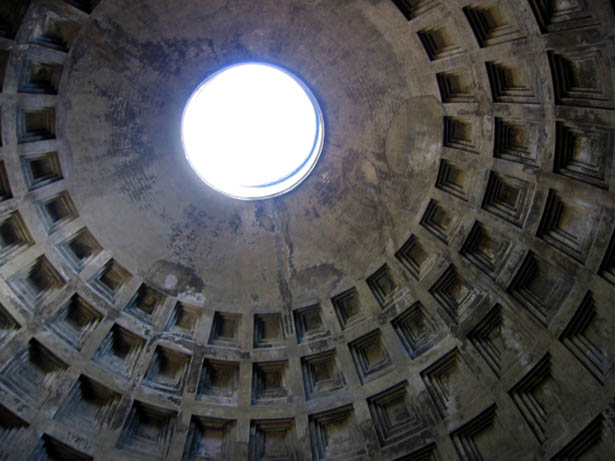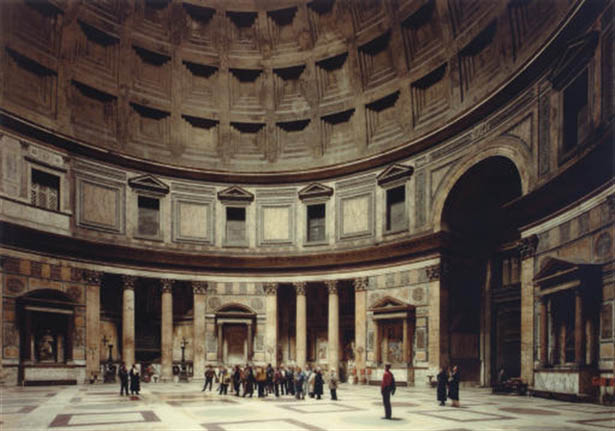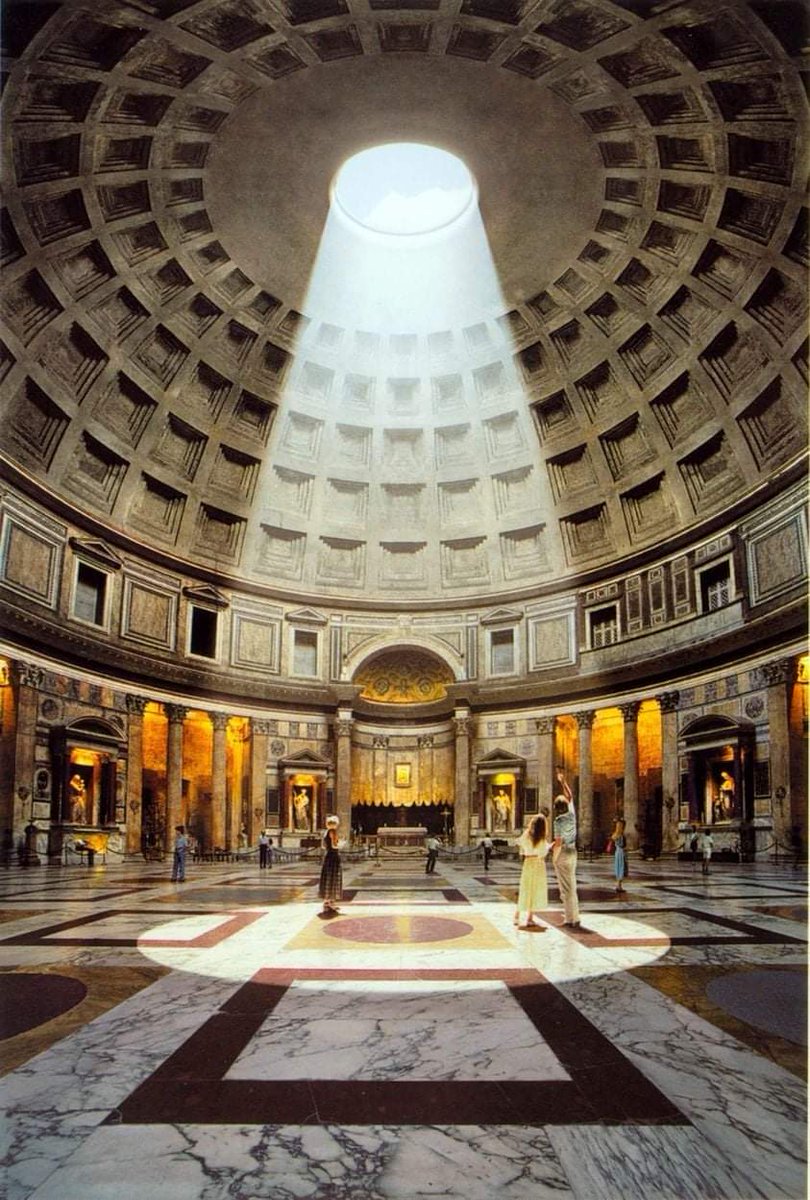Nestled in the heart of Rome, the Pantheon stands as an awe-inspiring testament to ancient Roman engineering and artistry. This remarkable structure, nearly 2,000 years old, is celebrated as one of the best-preserved monuments from antiquity. It not only showcases the immense power and wealth of the Roman Empire but also holds intriguing secrets within its unique architectural design.

Constructed by Emperor Hadrian around 128 AD, the Pantheon has long fascinated historians and visitors alike. Recently, researchers have put forth a captivating hypothesis: the Pantheon may have served as a colossal sundial. Imagine sunlight streaming through the circular opening at the top of its magnificent dome—known as the oculus—illuminating the entrance just as Emperor Hadrian entered to perform a ceremony during the equinox.

Two scholars, Giulio Magli from the Polytechnic University of Milan and Robert Hannah from the University of Otago in New Zealand, have dedicated their research to this theory since 2009. Their findings reveal that precisely at noon during the March equinox, a circular beam of sunlight pierces through the oculus, casting a radiant glow on the majestic entrance of the Pantheon. This phenomenon is not only visually stunning but also carries profound symbolic meaning.
The meticulous calculations involved in constructing the Pantheon were so precise that this beam of light perfectly illuminates the edge of the semi-circular stone archway at the entrance. Interestingly, a similar effect occurs at noon on April 21, coinciding with the ancient Roman celebration of the city’s founding. On this day, sunlight floods through the oculus, illuminating both the entrance and the courtyard adorned with gray granite columns.
For the ancient Romans, this spectacular beam of light was believed to elevate their emperor to “the realm of the gods,” reinforcing his divine authority as he entered the sacred space. As Professor Magli eloquently puts it, “The emperor is illuminated as if he were on a film set.” This connection between the emperor and the heavens was thought to be at its strongest during the equinox, enhancing the significance of these moments.
Today, visitors to the Pantheon can still admire its original bronze doors and granite columns. Some of these impressive columns were quarried from Egypt’s deserts and transported via boat along the Nile River, across the Mediterranean—a testament to the monumental effort that went into creating this architectural wonder.

The Pantheon also serves as a final resting place for notable figures such as Victor Emmanuel II, the first king of a unified Italy, and Renaissance artist Raphael. As you explore this timeless marvel, take a moment to appreciate not just its beauty and history, but also the mysteries that continue to intrigue scholars and visitors alike.
Whether you’re standing beneath its grand dome or witnessing the enchanting play of light, the Pantheon remains a profound reminder of Rome’s glorious past and its enduring legacy.


